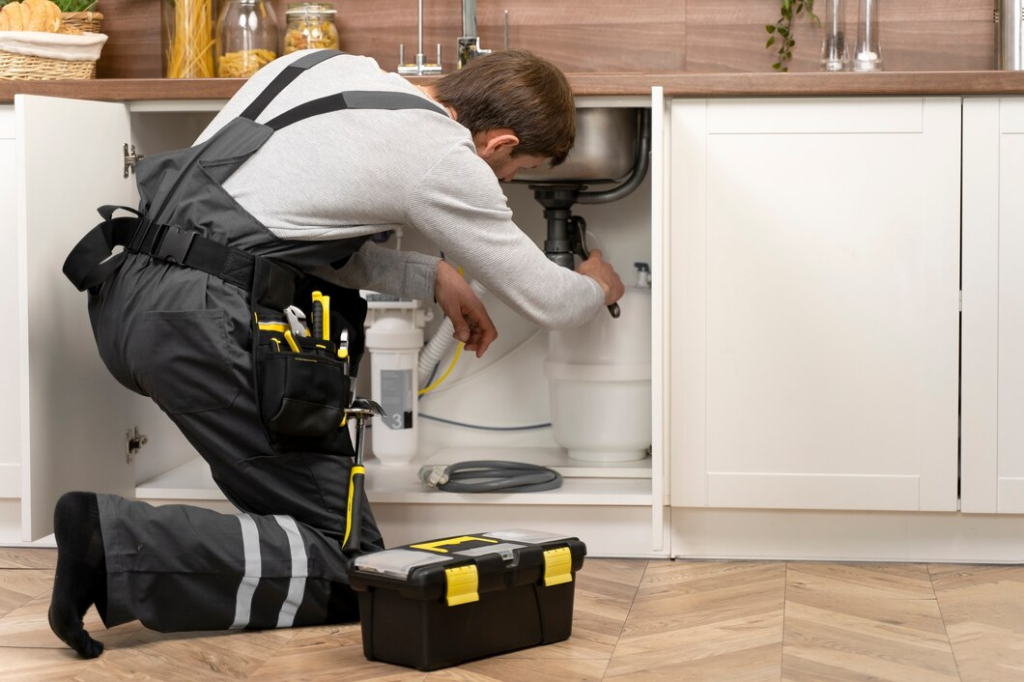Trees are beautiful and essential parts of our environment, providing shade, oxygen, and homes for wildlife. However, there comes a time when a tree may need attention—whether it’s trimming or removal.
Knowing when to trim your tree and when to cut it down is crucial to maintaining safety, aesthetics, and the health of your landscape.
Signs That Your Tree Needs Trimming
Trees, like everything in nature, grow and change over time. Here are some signs that indicate it might be time for tree trimming:
- Overgrown Branches: When branches become overgrown, they can pose a risk to your property or passersby. Look for branches that hang too low or come too close to power lines.
- Dead or Diseased Branches: Dead branches not only look unsightly but can also be hazardous. They might fall unexpectedly, causing damage or injury. Diseased branches should be removed to prevent the spread of illness to the rest of the tree.
- Crowded Canopy: A crowded canopy can prevent sunlight and air from reaching the tree’s inner branches. Trimming can help open up the canopy, promoting healthier growth.
- Storm Damage: After a storm, inspect your tree for any broken or hanging branches. These should be trimmed to prevent further damage or accidents.
When Tree Removal is Necessary
While tree trimming can address many issues, there are times when tree removal is the best course of action:
- Severe Damage: If a tree has sustained severe damage from a storm, disease, or pests, it may not recover even with trimming. In such cases, removal might be necessary to prevent safety hazards.
- Leaning or Tilting Trees: A tree that is leaning significantly or has a noticeable tilt might be unstable. Such trees can pose a risk of falling, especially during storms or strong winds.
- Root Damage: Extensive root damage can compromise the stability and health of a tree. If roots are damaged due to construction, disease, or other factors, removal might be the only solution.
- Dying or Dead Trees: Trees that are dying or already dead should be removed promptly. They not only detract from the beauty of your landscape but can also attract pests and pose risks of falling branches.
Hiring a Professional Arborist
Whether you need tree trimming or removal, it’s essential to hire a qualified arborist. A professional arborist can assess the health of your tree, recommend the appropriate action, and perform the job safely. Here are some tips for choosing an arborist:
- Certification: Look for an arborist certified by the International Society of Arboriculture (ISA) or a similar organization.
- Experience: Check how long the arborist has been in business and ask for references.
- Insurance: Ensure the arborist is fully insured and can provide proof of insurance.
Conclusion
Knowing when to trim your tree and when to cut it down is crucial for maintaining a safe and beautiful outdoor space. Regular tree trimming can enhance the health and appearance of your trees, while timely tree removal can prevent hazards and improve safety.
Remember to consult with a professional arborist to assess your tree’s condition and determine the best course of action. By taking proactive steps, you can ensure that your trees continue to thrive and contribute positively to your environment.

















